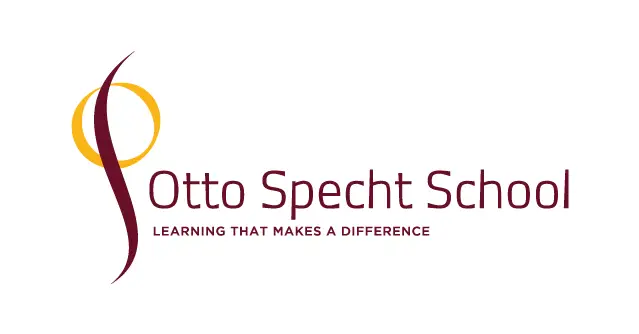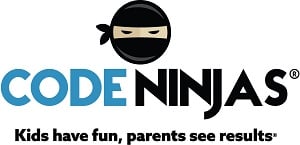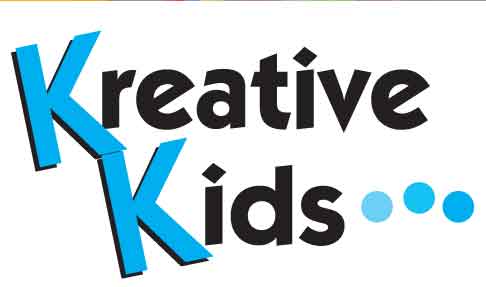Drink Your Milk! Our kids “in the middle of a calcium crisis”
Get the Best Family Activities
Experts believe that calcium should be obtained from natural dietary sources whenever possible. Foods/drinks that have approximately 300 mg. of calcium per serving include:
—One cup (8 oz.) milk
—One cup calcium-fortified orange juice
—1 1?2 oz. cheddar cheese
— 1 cup yogurt
Other calcium rich foods include canned fish with bones, red beans, dried figs/prunes, broccoli, tofu, spinach, hazelnuts.
The National Institutes of Health designates dairy products as the preferred source of calcium, and encourages consumption of low-fat or fat-free milk rather than whole milk after two years of age. In addition to calcium, milk provides other essential nutrients — Vitamins D, A, and B12, potassium, magnesium, protein, phosphorus and riboflavin — which are essential for optimal bone health and human development.
A growing number of studies suggest milk offers superior bone-building benefits compared to supplements. A recent Chinese study looked at 649 girls, ages 12-14, and found that those who drank milk had denser bones compared to those who drank little or no milk. After accounting for all the factors that could affect bone mineral density, results indicated that milk was the only food group with a significant positive effect — leading the researchers to conclude that the positive effects of milk on bone density was most likely related to its integration of several nutrients, particularly vitamin D, calcium and protein.
For those children who require calcium supplementation, experts recommend that for optimal absorption, no more than 500 mg. of supplemental calcium should be taken at any one time. Parents of lactose-intolerant children should consult their child's health care provider to find out the best way to ensure adequate calcium intake.
Further resources:
• The Internet is chock full of health and nutrition advice, and many reputable sites can be useful in educating parents and children about the importance of a well-balanced diet. The Nemours Foundation, which sponsors "KidsHealth”, has separate sites geared to parents, children and adolescents. An article available at the parents’ site
(http://kidshealth.org/breaking_news/calcium_crisis.htm) offers tips for parents, including:
— Giving your child milk (preferably 1% or 2% lowfat, or nonfat skim) milk instead of soft drinks and fruit drinks. If your child is lactose-intolerant, consider soymilk or a calcium supplement.
— Offering a variety of foods that contain calcium, including fortified food products such as breakfast cereals and orange juice. Because dieting teenage girls may avoid dairy products, believing they will make them "fat”, be sure that your teen is getting adequate calcium.
— Encouraging good exercise habits.
• NICHD, which sponsors a calcium education initiative called ‘Milk Matters’, recently expanded its Milk Matter Campaign and website (www.nichd.nih.gov/milk) to speak directly to children and their parents about calcium. The campaign offers a variety of free materials — brochures, booklets, coloring books, stickers and posters — and most are available in Spanish and English. The children’s and teens’ section provides an interactive way for kids to learn more about calcium, and includes games, quizzes and other activities related to calcium, milk and fun ways to build healthy bones and teeth.
• ‘Powerful Bones, Powerful Girls’: The National Bone Health Campaign, sponsored by the Centers for Disease Control and Prevention, the U.S. Department of Health and Human Services Office on Women's Health, and the National Osteoporosis Foundation, is a multi-year campaign geared at promoting optimal bone health in girls 9-12 years old — by encouraging them to establish lifelong healthy habits, especially increased calcium consumption and physical activity to build and maintain strong bones. A colorful and interactive website (http://www.cdc.gov/powerfulbones) features "Carla”, a wide-eyed, curly-haired teenage girl, who invites kids to enter the site, solve "the crazy calcium caper”, and read "lots of cool information about how to be a powerful girl and take good care of your bones!" In addition to girls 9-12 years old, the campaign (and website) targets adults who influencegirls, including parents, teachers, coaches and youth group leaders.





